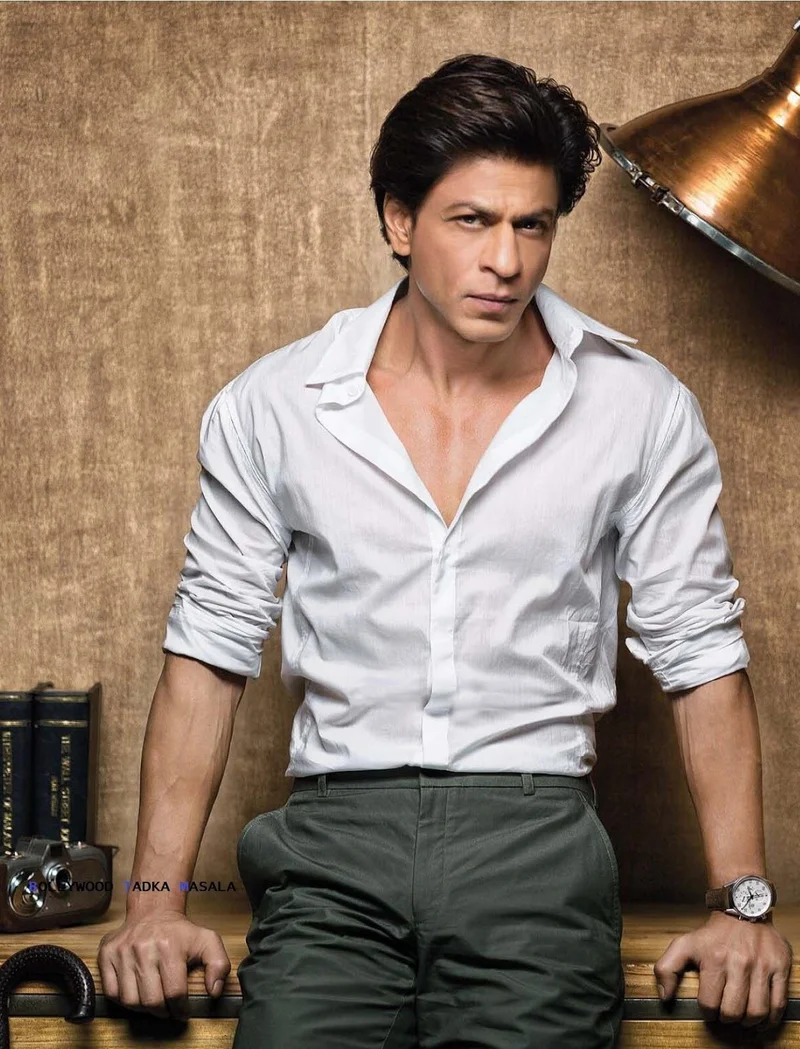So, Polaris finally did it. They’ve dumped Indian Motorcycle (Polaris Dumps Indian Motorcycles In Shock Sale).
Of course, they didn’t say they dumped it. The press release, a masterpiece of corporate doublespeak I had the misfortune of reading over my morning coffee, was filled with phrases like “strategic separation” and “unlocking value.” It’s the kind of language designed to be read by shareholders nodding along on a Zoom call, not by anyone who’s ever actually felt the rumble of a V-twin between their legs.
Let’s be real. You don’t “strategically separate” from a brand you believe in. You sell it. You cut it loose. You take the check and run. Polaris revived Indian from the dead back in 2011, and for a while, it was a great story. America’s first motorcycle company, back to challenge the behemoth of Harley-Davidson. The plucky underdog. We all love that narrative.
But the numbers, as they always do, tell the actual story. Indian sold about 25,000 bikes last year. Harley sold 148,000. That ain't a rivalry; that's a heavyweight champion toying with a regional contender. Polaris looked at the balance sheet, saw Indian was only 7% of their revenue, and decided it was dead weight. All that talk about heritage and legacy? It was just marketing copy until the math didn't add up anymore.
The CEO of Polaris, Mike Speetzen, had this to say: the deal will “enable each business to move faster, deliver industry-leading innovation, and lean further into our respective market strengths.”
Allow me to translate from PR-speak into English: “Indian was a distraction from our real moneymakers—snowmobiles and off-road vehicles that we can sell with massive margins. We’re tired of spending money trying to make a dent in Harley’s universe. It’s someone else’s problem now.”
This is a classic corporate move. No, "classic" is too kind—it's a textbook execution of washing your hands of a passion project that didn't become a cash cow fast enough. They propped the brand up, milked the history for all it was worth, and when it became clear it would never be another Harley-sized ATM, they called in the bankers. You can almost picture the boardroom meeting: a single line item on a PowerPoint slide, representing 120 years of history, being dragged into the “divest” column. The brand’s soul, reduced to a cell in a spreadsheet.

The sale is projected to boost Polaris’s earnings per share by a dollar. A single dollar. Is that what a legacy is worth these days? A buck on a stock that’s probably already overvalued? It just feels so… empty.
So who’s the lucky buyer? A private equity firm called Carolwood LP. If that doesn't sound like the name of a company that truly gets the soul of American motorcycling, I don’t know what does.
Private equity is where iconic brands go to die. Or, more accurately, where they go to get squeezed, leveraged, and stripped for parts before being sold off to the next highest bidder. Carolwood claims it has “never sold an asset they acquired,” which is a line so absurdly unbelievable for a PE firm that I had to read it twice. Is that supposed to be reassuring? Or does it just mean they haven't been around long enough to get to the "flipping" part of their business plan yet?
They talk about being “honored to usher in its next chapter” and praise Indian’s “American craftsmanship and pride.” Give me a break. These are financiers from Los Angeles. They don’t see craftsmanship; they see production costs. They don’t see pride; they see brand equity that can be leveraged for a loan. Their entire business model is built on financial engineering, not engineering motorcycles. They’re like a chop shop that buys a vintage muscle car, tells you they’re going to restore it to its former glory, and then sells the engine, transmission, and chrome trim to three different buyers.
They’ve hired a new CEO for Indian, Mike Kennedy. Get this—he’s a former Harley-Davidson executive. The fox is now officially running the henhouse. Offcourse, his resume is impressive, with stints at Vance & Hines and RumbleOn. But what’s his real mandate? To build the best motorcycles possible, or to dress up the company for its next, inevitable sale in five to seven years? I know where I'm placing my bet.
After all, private equity has one master, and it ain't the open road. It's the limited partner demanding a 20% return. And you don’t get that by building beautiful, uncompromising machines. You get it by cutting corners, raising prices, and finding “synergies”—the most terrifying word in the business world. They talk about 'heritage' and 'pride,' but at the end of the day...
Let’s stop pretending this is anything other than what it is. This isn’t a new beginning for Indian; it’s the beginning of the end of its second act. A storied American brand, once resurrected with genuine passion, has just been handed over to the bean counters. It's no longer a motorcycle company. It’s an asset. A line on a ledger. A brand to be exploited until its husk is discarded. Maybe I’m wrong. Maybe Carolwood will be the benevolent, long-term owner they claim to be. But in my experience, when the vultures start circling, it’s because they smell something dying.